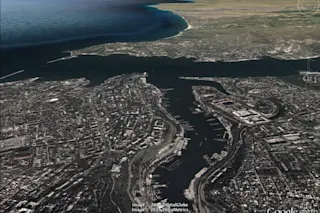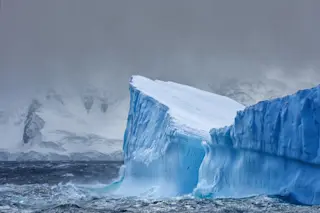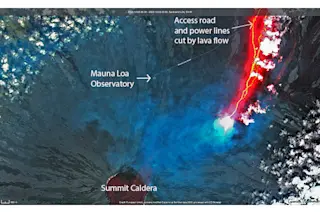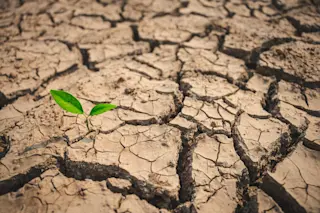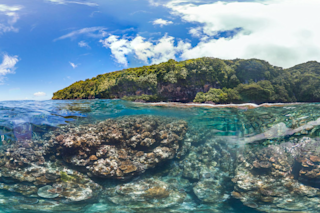A Google Earth image of Sevastopol on the Crimean Peninsula, home of the Russian Black Sea Fleet. (Source: Google Earth) As I'm putting this post together, Ukraine has put its military on high alert, and Russian troops along with other forces have surrounded a number of Ukrainian military bases on the Crimean Peninsula — home to Russia's Black Sea naval fleet. Just a week after the end of the Sochi Olympics, the Russians have invaded Ukraine, and so there is now a risk of war in Europe. Hard to believe. This isn't a typical kind of topic for ImaGeo, but I thought I'd approach it by providing some remote sensing imagery of the region, and particularly Sevastopol, which has obvious military importance to the Russians, who have a long-term lease from Ukraine on their naval base there. In the image above, you can see multiple ships docked in the harbor ...
Crimea as Seen in Satellite Images
Explore the Russian Black Sea Fleet's significance in Sevastopol amidst rising tensions on the Crimean Peninsula.
More on Discover
Stay Curious
SubscribeTo The Magazine
Save up to 40% off the cover price when you subscribe to Discover magazine.
Subscribe

